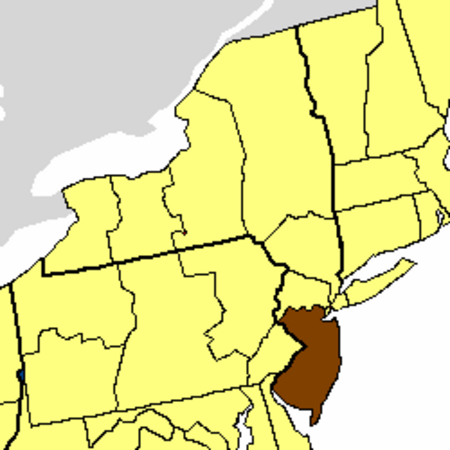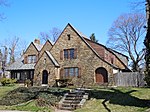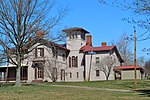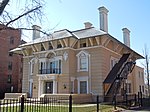Episcopal Diocese of New Jersey

The Episcopal Diocese of New Jersey forms part of Province II of the Episcopal Church in the United States of America. It is made up of the southern and central New Jersey counties of Union, Middlesex, Somerset, Hunterdon, Mercer, Monmouth, Ocean, Burlington, Camden, Atlantic, Gloucester, Salem, Cumberland, and Cape May. It is the second oldest of the nine original Dioceses of the Episcopal Church. Services began in 1685 at St. Peter's, Perth Amboy, the oldest parish in the diocese. The diocese itself was founded in 1785.The diocese originally included all of the state of New Jersey, but was divided in 1874, when the northern third of the state split off to form the Diocese of Northern New Jersey, which was later renamed to become the Diocese of Newark. The Diocese of New Jersey has the sixth-largest number of parishes in the Episcopal Church, and the eighth-largest number of baptized communicants. It has a reputation for broad ethnic and socio-economic diversity. The Diocese of New Jersey currently has a total of 141 congregations. The diocese is under the jurisdiction of Sally French, Bishop of New Jersey, whose seat is at Trinity Cathedral, Trenton. The largest parish in the diocese is Trinity Church, Princeton. The diocese had 53,000 members in 2003 and 43,000 in 2013. It reported 41,662 members in 2015.
Excerpt from the Wikipedia article Episcopal Diocese of New Jersey (License: CC BY-SA 3.0, Authors, Images).Episcopal Diocese of New Jersey
West State Street, Trenton
Geographical coordinates (GPS) Address Nearby Places Show on map
Geographical coordinates (GPS)
| Latitude | Longitude |
|---|---|
| N 40.23059 ° | E -74.78655 ° |
Address
The Episcopal Diocese of New Jersey
West State Street 808
08618 Trenton
New Jersey, United States
Open on Google Maps









